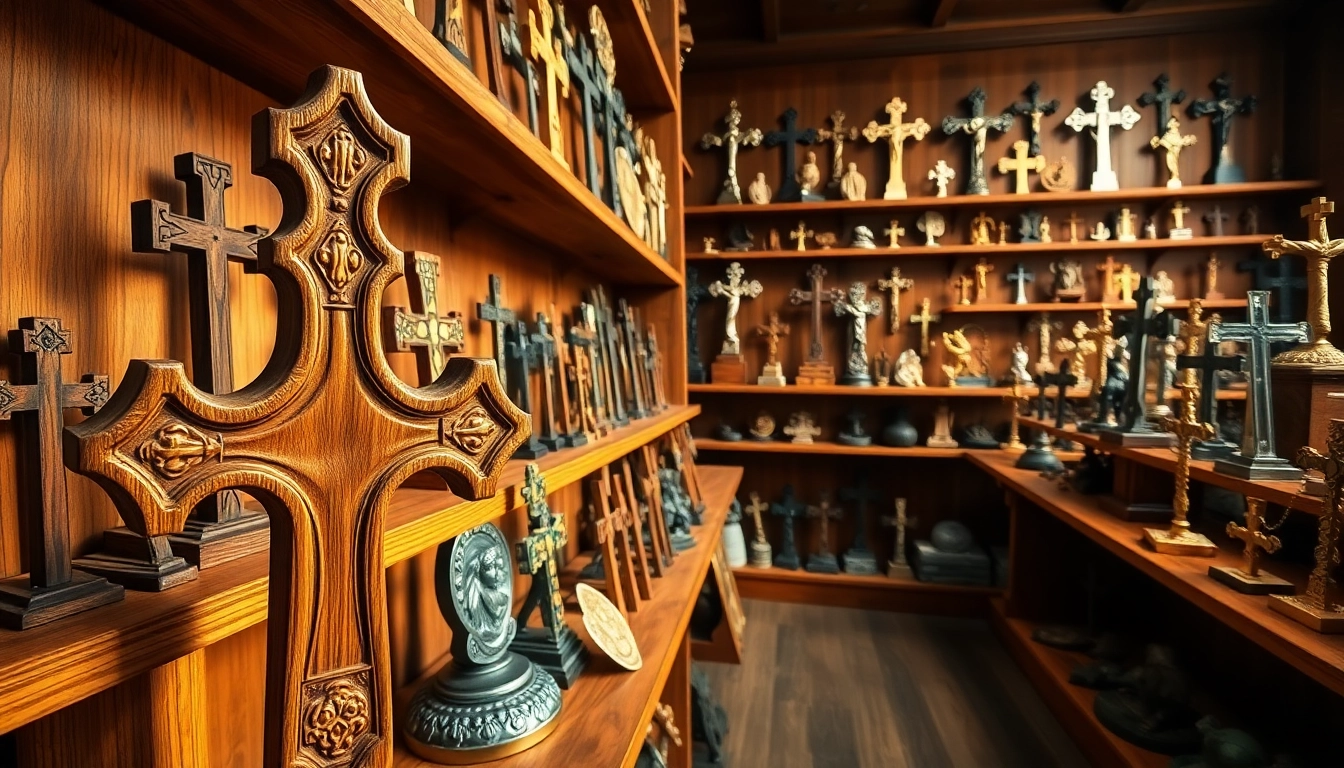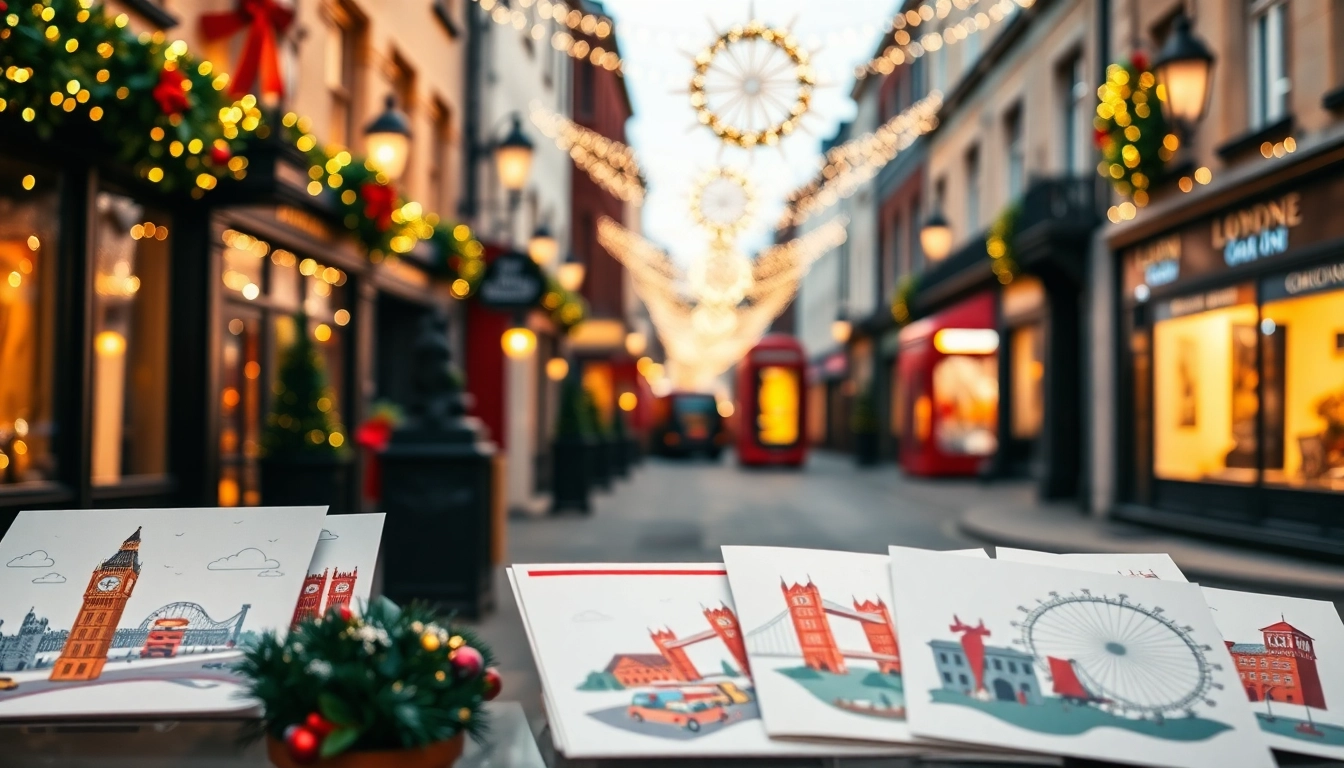Understanding Jerusalem Crosses: History and Symbolism
The Jerusalem cross, often referred to as the five-fold cross or the Crusader’s cross, serves not only as a religious symbol but also as a vibrant representation of a rich history that spans centuries. Its iconic design, featuring a large central cross surrounded by four smaller crosses, reflects the Four Evangelists and represents the spread of Christianity worldwide. For those with a deeper appreciation for religious artifacts, understanding the Jerusalem crosses means unlocking layers of historical and spiritual significance.
The Origins of the Jerusalem Cross
The origins of the Jerusalem cross can be traced back to the early days of Christianity, gaining significant prominence during the Crusades. It emerged around the 11th century, symbolizing the Kingdom of Jerusalem established by the Crusaders. As a heraldic emblem, it provided a unifying identity for the crusading forces and their efforts to reclaim the holy city of Jerusalem.
Historically, the cross has been linked to the Latin Patriarchate of Jerusalem. Its design combines elements from both the Latin cross and various Eastern Christian traditions, marking its unique place in heraldry and religion. The Jerusalem cross not only speaks to the religious fervor of its time but also acts as a prominent reminder of the enduring conflict and crusading spirit that characterized the period.
Symbolic Meaning of the Jerusalem Cross
The symbolism behind the Jerusalem cross is multifaceted. The central large cross represents Christ’s crucifixion, encapsulating the Christian belief in salvation through sacrifice. Each of the four smaller crosses signifies the spread of the Gospel to the four corners of the earth, symbolizing the faith reaching out to all nations and peoples.
Additionally, some interpretations align the smaller crosses with the Four Evangelists—Matthew, Mark, Luke, and John—thus linking the emblem to the foundational texts of Christianity. Other symbolic readings suggest that the design expresses the fundamental Christian belief in the Triune God, connecting believers across various faiths and traditions. Such interpretations not only enrich the spiritual significance of the cross but also deepen its cultural relevance among diverse communities.
Variations of Jerusalem Cross Designs
Over the years, different variations of the Jerusalem cross have emerged, influenced by geographic location, crafting techniques, and cultural contexts. While the traditional design features a distinct layout of one large cross with four smaller crosses, artisans have experimented with forms, sizes, and materials.
Among the notable variations are elegant gold Jerusalem cross pendants, intricate wooden carvings, and detailed wall art—each showcasing the versatility of the symbol. In some regions, the cross has also been depicted in varying sizes for different purposes, from personal jewelry to monumental public displays. As such, these variations encourage a personal connection and offer a rich array of choices for those wishing to connect with this symbol in their unique way.
Material Choices for Making Jerusalem Crosses
Traditional Materials: Wood and Stone
Traditionally, Jerusalem crosses have been crafted from materials such as wood and stone, particularly olive wood, which holds cultural and spiritual significance in the Holy Land. Artisans in Bethlehem have been known for their skill in hand-carving intricate designs from olive wood, combining beauty with the deep-rooted symbolism associated with the material.
Stone crosses also convey a sense of permanence and durability, often found in churches or as outdoor displays. These materials not only highlight the craftsmanship behind each piece but also connect the artifact to the religious heritage of the region, embodying centuries of artistic tradition.
Modern Alternatives: Metal and Plastic
In contrast to traditional materials, modern artisans have embraced alternatives such as metal and plastic to reach broader audiences. Metal Jerusalem crosses, often made of silver or gold, exhibit a contemporary touch while preserving the cross’s symbolic significance. These metal versions are frequently used in jewelry designs, appealing to both aesthetic preferences and spiritual expression.
Plastic crosses, while less traditional, allow for mass production and affordability, making them accessible to a wider market. Such innovations ensure that the Jerusalem cross remains relevant in contemporary society, blending tradition with modernity.
Environmental Impact of Material Sourcing
As with any crafted product, the environmental impact of sourcing materials for Jerusalem crosses is a crucial consideration. Traditional wood harvesting, particularly from olive trees, must be managed sustainably to avoid depletion and ensure biodiversity. Responsible sourcing practices that respect the ecological balance are essential to preserving the integrity of the craft.
Similarly, while metal and plastic are considered modern alternatives, their production also raises environmental concerns. Sustainable practices that reduce waste, and emissions are vital to making a genuine positive impact. Ultimately, both producers and consumers are increasingly aware of the importance of supporting sustainable production methods without compromising the spiritual significance of these cherished artifacts.
How to Choose the Right Jerusalem Cross for You
Considering Personal Meaning and Context
Selecting a Jerusalem cross should reflect personal meaning and context. Prospective buyers often resonate with the cross for various reasons—whether its religious significance, connection to heritage, or aesthetic appeal. Understanding the reasons behind your desire for a Jerusalem cross can guide you toward a choice that brings personal fulfillment.
Furthermore, consider the context in which the cross will be used—whether it is for personal adornment, as a gift, or as a decorative piece in a sacred space. Such considerations foster a deeper connection to the item, ensuring it serves its intended purpose in your personal journey.
Size and Design Preferences
The size and design of the cross play important roles in selection. Depending on where you wish to display or wear the cross, choosing the appropriate size is essential. For example, a larger cross may be suited for a wall display, while a smaller version is more appropriate for a necklace or bracelet.
Design variations also influence personal preference. Some may prefer a classic representation, while others may opt for an artistic or abstract interpretation. Exploring various designs can help you identify what resonates most with your personality and spiritual journey.
Evaluating Craftsmanship and Artistry
When purchasing a Jerusalem cross, it is vital to evaluate the craftsmanship and artistry behind the piece. Handcrafted crosses typically showcase higher levels of detail and aesthetic quality compared to mass-produced items. Look for signs of artisanal work, such as unique carving techniques, high-quality materials, and attention to detail.
Researching the artist’s background and level of experience can also provide insights into the craftsmanship. Established artisans often have a recognizable style, which adds value to the piece and ensures its authenticity. Supporting artisanship not only enriches your own experience but also contributes to the preservation of cultural heritage.
Care and Maintenance for Jerusalem Crosses
Proper Cleaning Techniques
To maintain the beauty and integrity of your Jerusalem cross, understanding proper cleaning techniques is essential. For wooden crosses, it is advisable to use a soft, dry cloth to dust them regularly. Avoid using chemical cleaners that could damage the finish or alter the wood’s natural appearance.
Stone and metal crosses may require occasional cleaning with mild soap and water and a soft cloth. Ensure that they are fully dried after cleaning to avoid tarnishing or water spots. This simple maintenance can preserve the cross’s integrity, allowing it to be cherished for years to come.
Restoration Tips for Antique Crosses
For those who inherit or purchase antique Jerusalem crosses, restoration may become necessary to preserve their historical and emotional value. Before attempting any restoration, it’s crucial to assess the cross’s condition and consult with restoration experts if needed.
Common restoration steps include carefully reattributing unstable parts, cleaning grime using appropriate materials, and reapplying protective finishes. Each step should be undertaken with consideration for preserving the original character of the piece, ensuring that the cross retains its history while being restored to its former beauty.
Safekeeping for Longevity
Proper safekeeping can significantly extend the longevity of your Jerusalem cross. Store it in a dry, cool environment away from direct sunlight, which could cause fading or warping, particularly with wooden pieces. For jewelry, consider using a dedicated lined box that prevents scratching or entangling with other pieces.
When displaying your cross, consider using protective coverings if exposed to environmental elements. Regularly check on the condition of the cross, assessing for any signs of wear or damage that may require immediate attention.
Popular Use Cases for Jerusalem Crosses
Jewelry: Wearing Jerusalem Crosses
Wearing a Jerusalem cross as jewelry is a popular way to express faith and identity. From necklaces to bracelets, these crosses hold deep personal significance for many believers. They are often given as gifts during significant life events such as baptisms, confirmations, or weddings, symbolizing blessings and spiritual journeys.
The choice of metal or wood in the jewelry can convey different meanings. Gold may denote luxury and celebration, while wood emphasizes humility and a connection to the land. Understanding the implications of these materials can enhance the personal attachment one has to their piece.
Decorative Uses in Homes
The Jerusalem cross also finds its place in home decor. Many people choose to display these crosses on walls or in altars, creating a spiritual focal point in their living spaces. High-quality craftsmanship adds an artistic flare that complements various interior design styles—be it traditional, rustic, or contemporary.
Additionally, some families pass down Jerusalem crosses through generations, transforming them into treasured heirlooms that carry both aesthetic and emotional value. Such practices help keep the spiritual and cultural significance alive, promoting generational connections to faith and tradition.
Cultural and Religious Significance in Communities
Throughout diverse communities, the Jerusalem cross stands as a powerful emblem of identity and unity. It often serves as a rallying point during religious ceremonies, community gatherings, and cultural celebrations. For many, it encapsulates shared values, fostering a sense of belonging and collective purpose.
In addition, the cross features prominently in various art projects, educational materials, and discussions, highlighting its place in both history and contemporary issues. As communities evolve, the Jerusalem cross remains a relevant icon, adapting to new contexts while retaining its core message of faith and hope.



